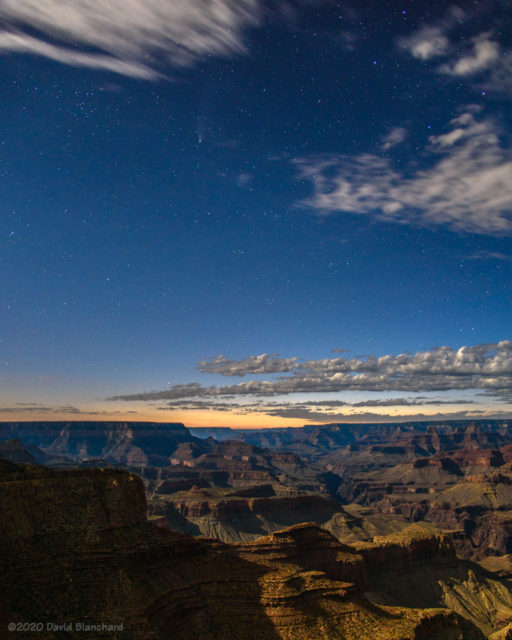Late September provided a chance to photograph storms associated with the passage of an upper-level trough crossing the southwest. Ahead of the trough would be moderate-to-strong upper level winds along with deep-layer shear. So there was a possibility of a few strong thunderstorms that might develop supercellular characteristics. As well, there would likely be a line of storms that formed on the surface cold front pushing southeastward across the state.

The plan was to head north to Cameron, Arizona, then slowly work back to the south as the line of storms moved across the area. I went to Cameron but the storms to the west and northwest were already weakening while storms farther to the southwest were strengthening. So — back south I went with stops at Wupatki NM and Sunset Crater NM while watching the storms. A cluster of storms developed north of the San Francisco Peaks and eventually pushed a strong outflow across the mountains. The leading edge of this outflow had an interesting cloud structure and was briefly very photogenic.

After a few photos, I continued moving across Flagstaff on my way home. Suddenly, the sun dropped low enough to get below the clouds and for a few minutes there was great sunset light on the bottom of the clouds. I shot a few photos at Fort Tuthill County Park with the undersides of the clouds full of sunset colors. And, then just a few minutes later it was over and the light was gone.
So I could have just stayed at home and gone out shooting at the last minute of daylight.


The next day showed potential for a few interesting storms south of Flagstaff. I headed to Sedona and spent a few hours photographing storms.
The setting sun with crepuscalur rays was pretty nice.
Edit: corrected typo in photo caption.


